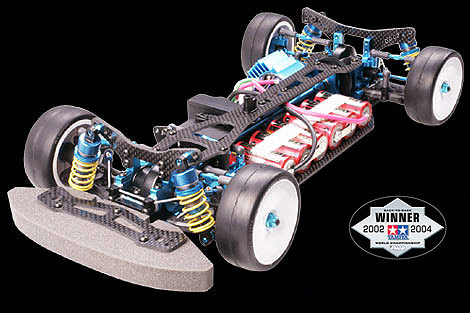The N1 engine was first developed by Nismo for Group A racing purposes. The standard RB26DETT, although known for its durability, proved to require too much maintenance for Group A racing conditions. The N1 engine is built from the standard N1 block. The water cooling channels in the block are enhanced for better flowing. The block, and internal components are also strengthened. The pistons have 1.2 mm top rings, but otherwise as standard. The connecting rods are the same as standard, and the crankshaft is standard but balanced. The specifications of the camshafts were also improved for power. The N1 engine uses the same parallel twin turbocharger layout but with improved turbochargers. The N1 engine also received an upgraded oil pump and water pump, to improve the cooling and lubrication of the engine. The N1 engine is identified by its 24U number stamped on the block, as opposed to the 05U stamp on standard RB26DETT engines.
The first model of the N1 engine was the R32 N1 engine. It uses a pair of larger turbochargers compared to the standard R32 GT-R. The turbine wheels on the new turbochargers are made from steel, rather than the weaker ceramic used for all standard GT-R models. The R33 N1 engine was slightly revised, with larger turbochargers than the R32 N1 engine, supporting more power if the engine were to be modified.
The R34 N1 engine saw further improvement. The camshafts were slightly improved for even more potential power, the turbochargers were about the same size as the R32 N1 turbochargers, except now they use ball bearing technology, which operates much more quickly than any other model used.
The most improved N1 engine is the R34 Nür engine. It is based on the R34 N1 engine. The camshafts were further improved for power, and the crankshaft was further balanced for higher engine speed. There were 1000 Nür engines made by Nissan and all were used in the R34 V-spec II Nür, and R34 M-spec Nür models. They were advertised as making the same 280 PS (276 hp) as the standard model, but with the lighter engine parts, and more efficient turbochargers, the engine would make closer to 350 hp.
Wednesday, 7 November 2007
N1 engines
Subscribe to:
Post Comments (Atom)








No comments:
Post a Comment